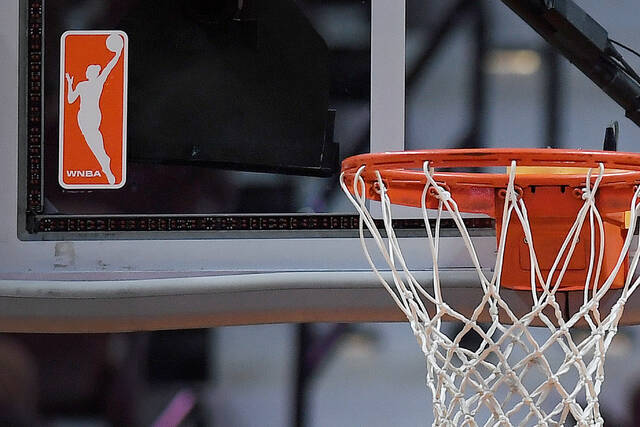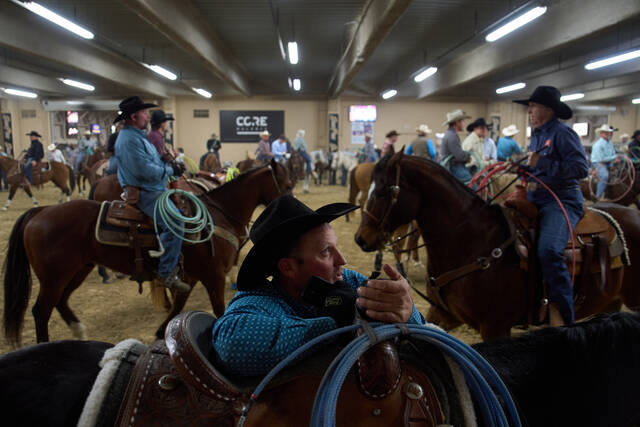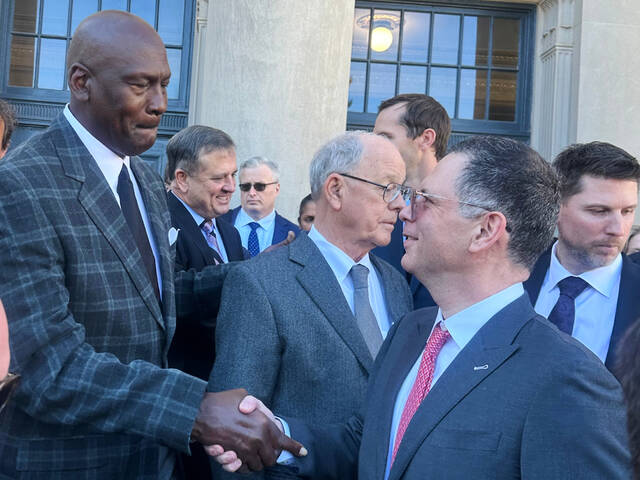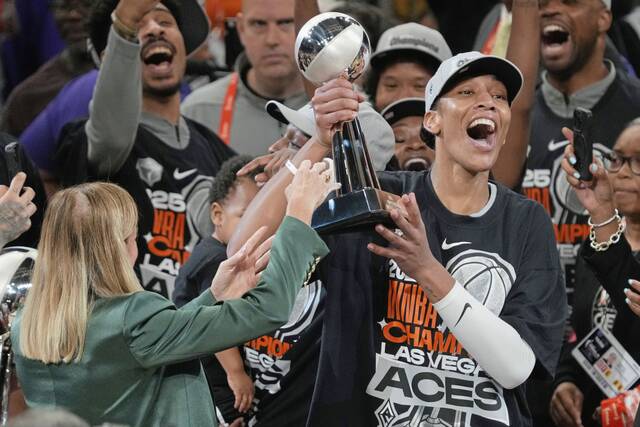Is your March Madness bracket busted?
Yeah. Mine, too.
Whose isn’t? If ever there was a year to “expect the unexpected” in the NCAA tournament, this is it. After all, with the odd circumstances affecting almost every conference — and nearly every team that qualified for the tournament — it was tough to get a gauge of how good the best seeds from the biggest conferences truly were.
Similarly, with limited pre-conference schedules for many Power 5 schools and fragmented mid-major conference tournaments, it was even more of a challenge than normal to sniff out which lower-seeded teams were likely to pull off a surprise first-round win.
But plenty occurred.
In the West, No. 1 overall favorite Gonzaga was the only member of the top four seeds to advance to the Sweet 16.
In the Midwest, an 8-seed (Loyola-Chicago), an 11-seed (Syracuse) and a 12-seed (Oregon State) all made it to the second weekend. Then there is the biggest stunner, No. 15 Oral Roberts, who shocked both No. 2 Ohio State and No. 7 Florida in the South Region.
In all, nine of the remaining 16 teams are from the 5-line or lower. So if you went heavy on chalk picks from the top four slots in each region, your bracket is probably in trouble. The only region with at least three of the top four seeds surviving the first weekend of play is the East (No. 1 Michigan, No. 2 Alabama, No. 4 Florida State).
Four double-digit seeds (10 or lower) have survived — UCLA (No. 11, East), Syracuse, Oral Roberts and Oregon State. On Saturday, if Syracuse can upset No. 2 Houston and Oregon State beats No. 8 Loyola-Chicago, they’d square off in an Elite Eight game on Monday. That would assure a double-digit seed of making it to the Final Four for just the sixth time.
Syracuse did so as a 10-seed in 2016. Loyola-Chicago went as an 11-seed in 2018. So did LSU (‘86), George Mason (‘06) and VCU (‘11).
But as you can see, a lot of the double-digit long shots in this year’s tournament are hardly “Cinderellas” from small conferences. UCLA (Pac-12), Syracuse (ACC) and Oregon State (Pac-12) are all from Power 5 conferences. But they just failed to crescendo until the tournament.
And if you don’t count Gonzaga (West Coast Conference) — who has emerged as a modern-day college basketball blue blood since the late 1990s — and Houston (American Conference), the only “mid-major” or “small conference” entries to advance this far are Loyola-Chicago (Missouri Valley) and Oral Roberts (Summit).
The other 12 schools are from conferences with at least four bids each.
So what’s the rhyme or reason for how these upsets happened? Robert Morris head coach Andy Toole joined us for his second edition of “Bracket Breakdown” on the “Breakfast With Benz” podcast. He sees a connecting thread.
“The teams that play their style and system consistently win,” Toole said. “The things that you do well, you have to do really well. And you can’t allow your opponent to dictate to you. The teams that are continuing to move on are executing their formula to a ‘T’ and making their opponent play that way.”
Toole cited some specific examples, such as Ohio University running its ball screen action for Jason Preston or Ben Vander Plas en route to a No. 13 versus No. 4 upset of defending national champion Virginia.
As Toole described, No. 14 Abilene Christian turned its 53-52 shocker over No. 3 Texas into a complete “grind fest and defensive rock fight.” Syracuse “dictated tempo” with its zone against San Diego State and West Virginia.
Loyola-Chicago was able to slow down the pace, making Midwest No. 1 seed Illinois play its tempo instead of the other way around as the Ramblers stunned the top-seeded Illini 71-58.
And Toole said that trend wasn’t limited to upsets either, noting No. 2 Alabama’s 96-77 victory over No. 7 Maryland in the Round of 32.
“Alabama puts so much pressure on you with their transition defense that you shoot the ball quickly and you get sucked into that game,” Toole said.
The other big surprise during the tournament’s first week was the stellar play of the Pac-12 teams. Four of the conference’s five participants are still alive. The only team to lose — Colorado — destroyed Georgetown 96-73 in the first round. Yet the Buffaloes were the conference’s highest-rated team, at only a 5-seed.
“The Pac-12 has always had incredibly talented teams,” Toole explained. “It’s an up-and-down league. It’s an open league. In tournament play, styles matter. Oregon, USC, Oregon State have been able to use their length, athleticism and skill to be able to play open, free basketball.”
Now, Toole says the challenge for those universities is to maintain that speed as the beat may slow down in the Elite 8 and Final Four.









